Between 1888 and 1890, thirteen states and the federal government enacted antitrust legislation criminalizing combinations among competitors intended to control prices in the marketplace. These laws were a reaction to the increasing formation of horizontal combinations, large and small, throughout the economy in the wake of dramatically changing economic conditions since the Civil War. Through most of this period, combinations struggled to find structures that would enable them to operate effectively. Simple combinations of independent firms, although neither criminal nor tortious, were often undermined because state common law refused to enforce the contractual arrangements that would prevent members from deviating from the rules that would give a combination the power to control price. Nor could early combinations avail themselves of a unitary ownership structure, since state corporation law restricted the corporate form in ways that made it largely unworkable as a combination structure.
In the early 1880s, however, some combinations, beginning with Standard Oil, adopted a new form of organization, the trust proper, which had the command and control attributes of a corporation without being subject to the restrictions of state corporation law. Shortly thereafter, some states, notably New Jersey, liberalized their corporation laws, making corporations suitable as a vehicle for housing a business combination. States and the federal government responded with legislation that adopted the common law prohibitions against combinations in restraint of trade, extended these prohibitions to combinations organized as trusts proper and holding companies, and criminalized violations in order to enable government challenges. Despite these extensions of the law, early enforcement was virtually nonexistent, even against most combinations that had achieved widespread public notoriety. After the turn of the last century, however, the new laws set the stage for an aggressive enforcement policy following a massive horizontal consolidation movement that began in 1895.

